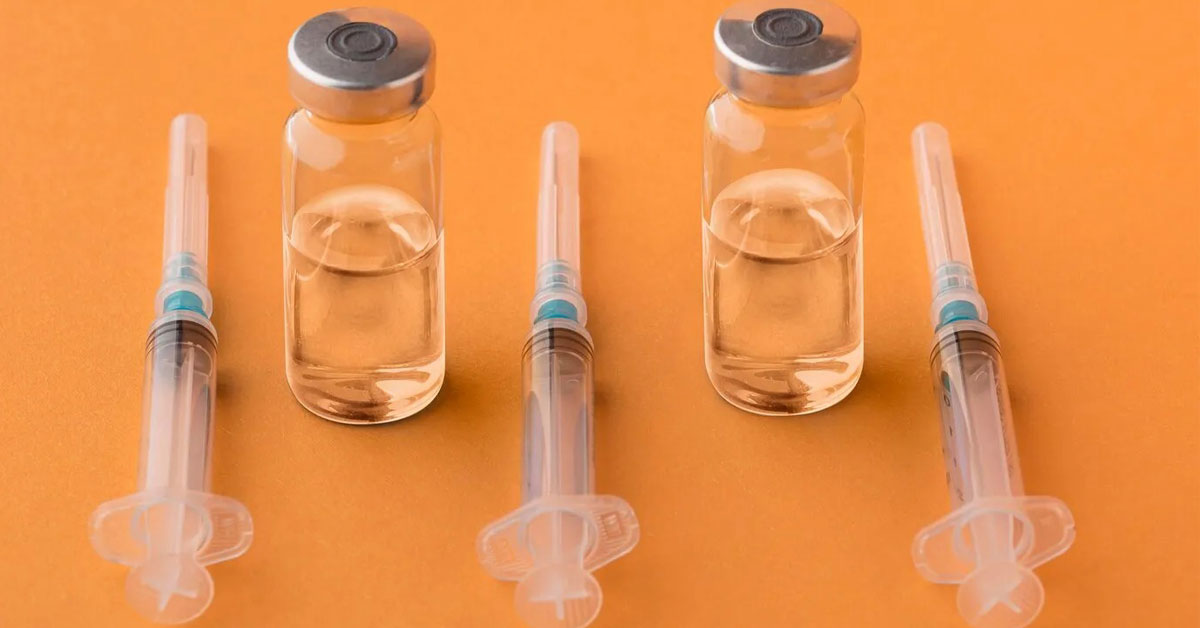One of the most effective methods for eliminating forehead lines is Botox injections. Botox, made from botulinum toxin, works by temporarily paralyzing the forehead muscles, reducing the appearance of lines. But who is recommended to get Botox injections on the forehead? How many units of Botox are needed for the forehead? What causes bumps after Botox injections on the forehead?
If you’re considering Botox and looking for answers to these questions, we recommend staying with us until the end of this article.
Suitable Candidates for Forehead Botox Injections
To undergo Botox injections for the forehead, the individual should be physically prepared, with no history of neuromuscular diseases, should not be pregnant or breastfeeding, and should have reached legal age without any allergies to the injection materials.
In general, Botox injections are used to eliminate superficial lines and prevent the formation of wrinkles. Therefore, if the person has deeper wrinkles, it’s recommended to consider other rejuvenation methods like filler injections.
If you’re unsure whether you’re a good candidate for forehead Botox, it’s best to consult with a specialist and not rush into the procedure without proper thought.
How Many Units of Botox Are Needed for Forehead Botox?

Whether Botox is injected to prevent wrinkles or to eliminate superficial lines, only a specified amount should be injected. The treating physician will not exceed the recommended amount, which is considered safe for injection.
Allergan, the official manufacturer of Botox, recommends that 20 units of Botox are sufficient for the entire face. In certain cases, such as horizontal forehead lines, crow’s feet, and so on, the treating doctor may recommend between 10 to 30 units of Botox. Keep in mind that injecting too much Botox can lead to widespread facial paralysis, while injecting too little won’t have much impact on eliminating lines. Therefore, it’s essential to visit a cosmetic clinic where Botox injections are performed with precision.
Factors Influencing the Number of Botox Units for the Forehead
Several factors influence how many units of Botox are needed for each individual’s forehead treatment. These factors include:
Facial Muscles
People with more active facial muscles than others will require more Botox since their muscles tend to resist its effects. Botox works by blocking neurotransmitters that cause muscle movement, but individuals with active muscles can quickly produce new neurotransmitters to replace the blocked ones. As a result, these individuals may need multiple Botox sessions or higher doses to achieve the desired outcome.
Facial Expressions
Facial expressions are one of the key factors in the development of wrinkles. Dynamic wrinkles—those that form with changes in facial expressions—are often seen on the forehead. Over time, these wrinkles may deepen and increase in number. Such individuals generally require higher doses of Botox to reduce forehead lines.
Depth of Forehead Lines
Finally, the most significant factor affecting the number of Botox units used is the depth or severity of the forehead lines. The deeper your forehead wrinkles, the more Botox is needed to ensure the muscles are properly affected by the botulinum toxin and are paralyzed effectively.
Why Does Forehead Swelling Occur After Botox?
Swelling and bumps are among the most common symptoms people experience after Botox injections. Those new to Botox are more likely to encounter these issues. Various factors can cause swelling after Botox injections, which are discussed below.
Needle Use During Botox Injection
Though Botox is a minimally invasive rejuvenation method with few side effects, the process involves needle penetration into the skin. In many cases, the swelling isn’t caused by the injected substance but by the body’s reaction to the microtrauma from the needle insertion. These bumps usually disappear within a few minutes to hours.
Since Botox injections require the use of needles, this side effect occurs in most individuals but can be easily treated with a little rest.
Allergic Reaction to the Injected Materials
Another cause of forehead swelling after Botox is an allergic reaction to the injected materials. Although it’s rare to be allergic to Botox itself, there are cases where a patient’s body cannot tolerate botulinum toxin, even in very small amounts. If someone has an allergic reaction to the injected materials, the swelling is often accompanied by symptoms like hives, redness, and more. If you experience any of these symptoms, it’s advisable to consult your physician immediately.
What to Do to Treat Forehead Swelling After Botox?
As mentioned earlier, forehead swelling is a common side effect of Botox, so there’s usually no cause for concern. However, if you want to reduce forehead swelling quickly, there are methods you can try. For example, avoid touching or pressing on the swollen area, as this can spread the Botox and may cause infection.
Still, the best course of action is to do nothing and allow the swelling to subside naturally. The swelling usually disappears on its own over time.
When Should You See a Doctor for Forehead Swelling After Botox?
While forehead swelling can generally be ignored, there are times when a visit to the doctor is necessary. Here are some instances when medical consultation is required after Botox:
- Swelling persists for more than two days.
- The swelling is accompanied by redness or hives.
- The size of the swelling increases over time.
- You feel pain at the site of swelling.
How to Increase the Longevity of Forehead Botox?

As mentioned earlier, Botox is not a permanent solution and typically lasts between 3 to 6 months. However, there are specific methods to increase the longevity of forehead Botox and minimize its side effects. Here are some tips:
Don’t Touch the Treated Area
One potential side effect of Botox is the unintended spread of the toxin to other areas of the face, which can lead to unexpected and sometimes long-term facial paralysis. Avoid touching the treated area, lying on your face, or engaging in activities that apply pressure to the face to prevent the Botox from spreading.
Avoid Sun Exposure
While sun exposure doesn’t interfere with Botox injections directly, it can affect the skin and reduce the duration of Botox’s effects. Since the forehead is an area often exposed to the sun, the UV rays can damage your skin, blocking neural signals, and thus diminishing the effectiveness of the Botox.
This doesn’t mean you should avoid the sun altogether, but try to limit your sun exposure and stay in the shade when possible.
Stay Hydrated
Drinking water helps keep your body hydrated, which reduces inflammation. The less inflamed your skin is, the better the Botox will work, resulting in more effective outcomes. Overall, staying hydrated is highly recommended if you’re getting Botox, as it helps your skin recover faster and absorb the Botox more efficiently.
Of course, following certain recommendations can significantly reduce the various side effects of Botox injections. For more information, we recommend reading the article on pre- and post-Botox care.
Conclusion
This article addressed various questions regarding forehead Botox injections. Forehead Botox is one of the most common cosmetic procedures performed in Aesthetic clinics. To achieve the best results, it’s important to use a high-quality Botox brand and visit a doctor skilled in administering Botox injections.

